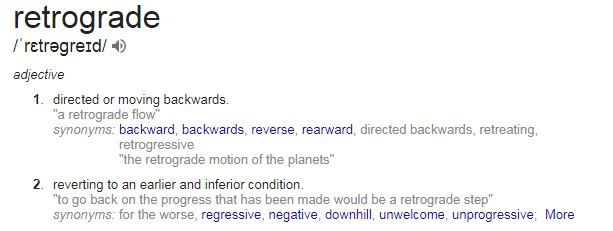Magazine Research: Design
Magazine Covers and Double-Page Spreads
The formatting in a magazine is arguably as important as the content itself. Having a coherent, easy-to-navigate and appealing format attracts the audience and enhances their overall experience of the magazine entirely. This is why I have decided to conduct some research into the general layouts of most magazines, particularly film magazines, as I can apply this knowledge to my own ancillary task.
Magazine Cover Conventions
Most magazines have a generic default layout which consists of the following features:
The formatting in a magazine is arguably as important as the content itself. Having a coherent, easy-to-navigate and appealing format attracts the audience and enhances their overall experience of the magazine entirely. This is why I have decided to conduct some research into the general layouts of most magazines, particularly film magazines, as I can apply this knowledge to my own ancillary task.
Magazine Cover Conventions
Most magazines have a generic default layout which consists of the following features:
- Masthead - The masthead is featured on all magazine covers as it is how each magazine is differentiated from one another. Mastheads usually appear at the top of the page and use the same font and style for each issue for the magazine. Examples of mastheads include: EMPIRE, TOTAL FILM and LITTLE WHITE LIES.
- Image - Some form of image is often included on the cover of a magazine, whether it be a photograph or an illustration. The image is often bold to draw viewers in, but it also often a poster or image related to an upcoming film. The image used may also indicate the style of the magazine, for example, LITTLE WHITE LIES magazine often use illustrations as the front cover.
- Anchorage Text - Anchorage text gives an insight to the audience as to what is inside the magazine and often overlaps the main image of the cover. The anchorage text mmay include a quote from the feature article of the magazine.
- Barcode/Date/Issue Number - While small details, this feature is necessary in indicating the particular issue of the magazine and are extremely helpful to those looking for a specific issue of collectors of the magazine.
The following features are usually found on a magazine cover, however, aren't necassary, particularly to film magazines.
- Banner - The banner provides generic information about the magazine and is often featured at the very top of the magazine.
- Headline - The headline gives the title of the featured article in the magazine to catch the reader's interest further. An example of a headline may be 'Top 100 Films for Couples'.
- Features - Features are small images which indicate to other articles in the magazine.
- Buzzwords/Sell Lines - Buzzwords/sell lines are phrases used to make the magazine look special and appealing to the reader. Words such as 'exclusive', 'all new' and 'free' entice the reader in.
Double Spreads
Magazine double spreads often have similar designs regardless of the style of the magazine as, often, a universal magazine layout is used.
- Images - images are almost always used in double page spreads as they give the reader a visual representation of the article/review they are reading.
- Headline - the headline gives a brief introduction as to the content of the article and catches the eye of the reader as they turn the page.
- Subheading - once the images and title have caught the attention of the reader, they can read the subheading which gives a more summarised overview of the article.
- Text - often presented in columns, the text is the main bulk of the double page spread.
- Anchorage text - anchorage text is the text that overlaps the other features of the article and may include quotes from the article.
- Caption - captions aren’t a necessary device, however, they help link the images to the article.



Comments
Post a Comment